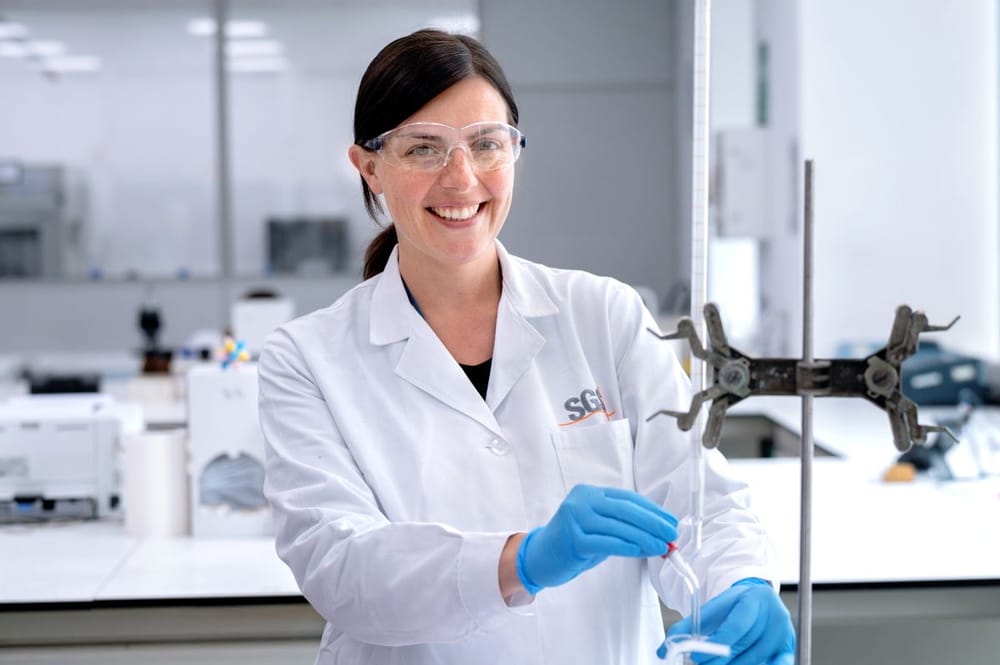What’s Going On at Novo Nordisk’s Board?
Novo Nordisk faces rare boardroom turmoil as its controlling foundation pushes for a sweeping overhaul. Chair Helge Lund and six directors are set to be replaced by a new slate led by ex-CEO Lars Rebien Sørensen—signaling a sharper, U.S.-focused pivot in the obesity-drug race.

The world’s most closely watched obesity-drug maker has entered a rare period of boardroom upheaval. On Tuesday, Novo Nordisk said it will convene an extraordinary general meeting to elect new directors after its controlling shareholder—the Novo Nordisk Foundation—pushed for a sweeping overhaul. Chair Helge Lund and six independent directors will make way for a slate backed by the foundation, a striking reset for a company that typically prizes continuity.
The foundation has already shown its hand. It wants former Novo Nordisk chief executive Lars Rebien Sørensen to take the chair and Cees de Jong, currently chair of Novonesis, as vice chair. The vote is scheduled for November 14, and the company’s own announcement frames the move as a bid to “provide clarity on future governance” after weeks of behind-the-scenes negotiations.
Markets didn’t cheer the drama. Novo shares slipped in early trading as investors absorbed the prospect of more change at the top. The foundation signaled that a tighter focus on the U.S. consumer market—where access, reimbursement and brand execution decide GLP-1 market share—will be a near-term priority. That message dovetails with chatter among drug investors who fear Eli Lilly’s Zepbound has been running ahead of Novo’s Wegovy on prescriptions and refills in key channels.
This week’s board shock follows a summer of executive churn. In May, the company ousted longtime CEO Lars Fruergaard Jørgensen after concluding it was losing its first-mover edge in obesity medicines; Maziar “Mike” Doustdar, a veteran of Novo’s international operations, took the helm in August. The leadership handover came alongside lowered growth guidance and a renewed emphasis on execution in the U.S. These are not the usual rhythms of a Danish foundation-owned champion, and they explain why the foundation now wants directors who will back a faster cadence.
The operational backdrop is equally stark. In September, Novo announced plans to cut about 9,000 jobs—roughly 11% of its workforce—as it prunes projects and redirects spending toward manufacturing scale-up and near-term, obesity-adjacent opportunities. This month brought another tough call: shuttering its cell-therapy unit, including programs in diabetes and Parkinson’s, to streamline R&D. The pivot is consistent with a company doubling down on products that can be made, supplied and paid for at mass scale in the U.S. market.
To understand why the foundation can move so decisively, follow the votes. Through Novo Holdings, the nonprofit owns roughly 28% of Novo Nordisk’s equity but controls about 77% of the votes thanks to multiple-voting A-shares. The structure was designed to provide stability while keeping an arm’s-length relationship between owner and operating company. This week’s intervention shows that when the owner judges performance or strategy wanting, it has both the mandate and the mechanics to act.
If elected, Sørensen would be a back-to-the-future choice. He ran Novo from 2000 to 2016 and now chairs the foundation; his return to the company as chair would put a seasoned operator in the room with Doustdar as they try to defend share against Lilly, stabilize U.S. access, and accelerate capacity. For investors, the calculus is straightforward: governance turbulence today in exchange for a clearer strategy tomorrow. The risk is that rapid turnover unsettles an organization already juggling supply, pricing, and reimbursement challenges in its most important market. The reward is a board and management team aligned on a U.S.-first plan to keep Wegovy and Ozempic on pharmacy shelves while Novo rebuilds confidence in its next wave of obesity and cardiometabolic drugs.
For a company long marketed as a model of Scandinavian steadiness, the coming weeks will test whether concentrated ownership can be a competitive advantage in a brutally fast GLP-1 market—or merely a new source of volatility. The Nov. 14 vote will tell investors how much change the foundation really wants, and how quickly it expects results.
Author

Investment manager, forged by many market cycles. Learned a lasting lesson: real wealth comes from owning businesses with enduring competitive advantages. At Qmoat.com I share my ideas.



